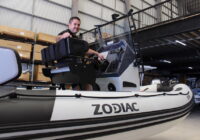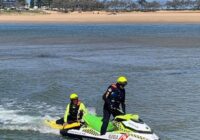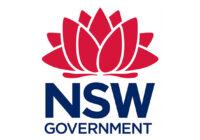The Australian Government has released a new seabed map of the Bass Strait that shows the area in greater detail than ever before.
The new map – produced to a 30-metre resolution by Geoscience Australia – reveals key underwater features including submarine canyons, ancient land surfaces and the location of the former Bass Lake.
The map is a result of ongoing work between Geoscience Australia, James Cook University, the Australian Hydrographic Office and Deakin University.
Geoscience Australia’s work involves mapping and characterising Australia’s seabed using its own data, along with data provided from its partners, to produce high-quality maps that are valuable across multiple sectors.
Geoscience Australia brings these seabed maps together with other spatial information to inform decisions about the sustainable use of Australia’s marine jurisdiction.
Minister for Resources and Northern Australia Madeleine King said anyone would be able to use the data – from industry, fisheries and Government organisations to researchers and environmental groups.
“We’re seeing an increasing need for seabed data like this; with the way the marine estate is being used across a range of industries, it’s vital to have marine spatial information readily available and usable to support planning and investment decisions,” Minister King said.

“It is important to have good seabed maps to help identify sites for potential offshore renewable energy projects.
“Offshore renewable energy is an emerging industry with the potential to generate new jobs and new opportunities for Australia’s economy, while helping to reduce our carbon footprint.
“Additionally, much of this information will help support the overall management and protection of the Bass Strait seabed and surrounding ocean.”
A 15,000 square kilometre area in the Bass Strait off Gippsland has already been declared the first suitable area for developing offshore wind energy projects, with estimates suggesting these projects could support more than 3,000 jobs over the next 15 years.
The Bass Strait maps are available free of charge through the AusSeabed marine data portal, along with other seabed maps and related datasets from around Australia and distributed as part of AusSeabed – a collaborative, national seabed mapping initiative led by Geoscience Australia.
Datasets are available on the Geoscience Australia website.











